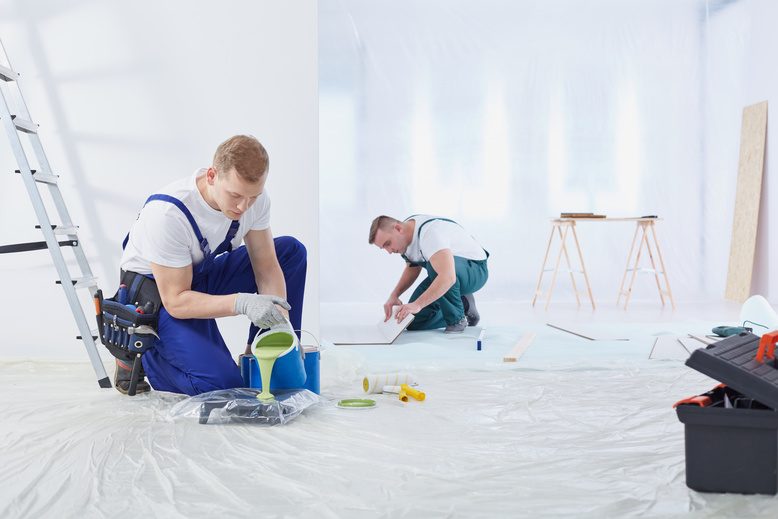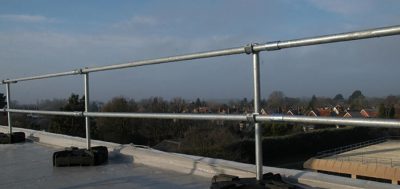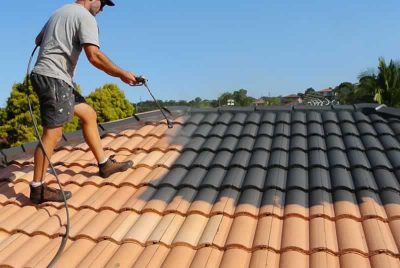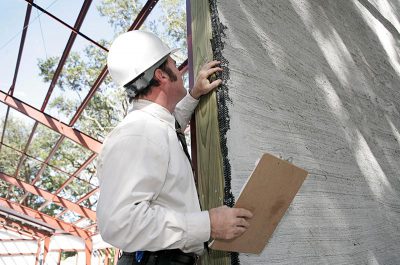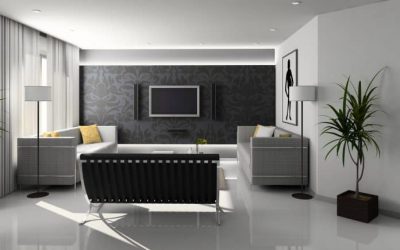Commercial buildings are the backbone of any thriving economy, housing businesses, offices, and establishments that drive progress. The aesthetic appeal of these structures is often defined by the quality of paint applied to their surfaces. However, like any other construction element, painted surfaces are susceptible to various problems that can affect both their appearance and longevity. In this article, we will explore common paint problems in commercial buildings and provide practical solutions to address them.
1. Peeling Paint:
Peeling paint is a prevalent issue in commercial buildings, and it can stem from various causes such as moisture, poor adhesion, or the use of low-quality paint. To combat this problem, it is crucial to identify the root cause before implementing a solution. Remedial measures may include thorough surface preparation, choosing the right paint type for specific surfaces, and addressing water leaks or moisture issues that contribute to peeling.
2. Blistering:
Blistering occurs when bubbles form beneath the paint film, leading to unsightly bulges. This issue is often caused by moisture infiltration, incompatible paint layers, or painting on a damp surface. A meticulous inspection of the building envelope, addressing water leaks, and ensuring proper ventilation can help prevent blistering. Additionally, using high-quality, moisture-resistant paints and allowing sufficient drying time between coats can be effective solutions.
3. Fading:
The vibrant colors of a freshly painted commercial building can fade over time due to exposure to harsh weather conditions, UV rays, and atmospheric pollutants. Choosing premium exterior paints with UV-resistant properties and regularly maintaining the painted surfaces through cleaning and protective coatings can significantly mitigate fading. Selecting lighter colors that are less prone to fading can also be a strategic approach.
4. Chalking:
Chalking refers to the formation of a powdery residue on the painted surface, primarily caused by the breakdown of paint binders due to prolonged exposure to sunlight. To address chalking, it is essential to clean the surface thoroughly and apply a quality primer before repainting. Opting for paints with advanced formulations that resist chalking can provide a long-lasting solution.
5. Cracking and Flaking:
Cracks and flakes on painted surfaces are often a result of temperature fluctuations, inadequate surface preparation, or the use of incompatible primers and paints. To address this issue, it is essential to repair cracks before repainting, ensuring proper surface preparation by sanding and priming, and using high-quality, flexible paints that can withstand temperature variations without compromising adhesion.
6. Staining:
Staining can occur on commercial building exteriors due to various factors, including water leaks, rust, or environmental pollutants. Proper maintenance, addressing water-related issues promptly, and choosing stain-resistant paints can help prevent staining. For existing stains, thorough cleaning and the application of specialized stain-blocking primers before repainting are effective solutions.
7. Mold and Mildew Growth:
Mold and mildew thrive in damp and humid environments, posing health risks and detracting from the visual appeal of commercial buildings. To combat mold and mildew, it is essential to address moisture issues, improve ventilation, and use mold-resistant paints. Regular cleaning and maintenance can also prevent the recurrence of these issues.
8. Poor Adhesion:
Poor adhesion can lead to paint flaking, peeling, or blistering. Inadequate surface preparation, applying paint on a dirty or damp surface, or using incompatible primers and paints are common causes of poor adhesion. To enhance adhesion, thorough surface cleaning, proper priming, and using quality paints formulated for specific surfaces are crucial steps.
Conclusion:
Maintaining the aesthetic integrity of commercial buildings in Auckland demands proactive measures to address common paint problems. By understanding the underlying causes and implementing effective solutions, property owners and managers can ensure that their buildings not only look appealing but also withstand the test of time. Regular inspections, proper surface preparation, and the use of high-quality paints are key elements in achieving durable and visually appealing painted surfaces for commercial structures. In this context, collaborating with experienced commercial painters in Auckland can play a crucial role. These professionals possess the expertise to assess, recommend, and execute tailored painting solutions that align with the unique challenges posed by the local environment. Their skillful application of industry-best practices ensures that commercial buildings in Auckland maintain their aesthetic charm while standing up to the rigors of weather and time.


